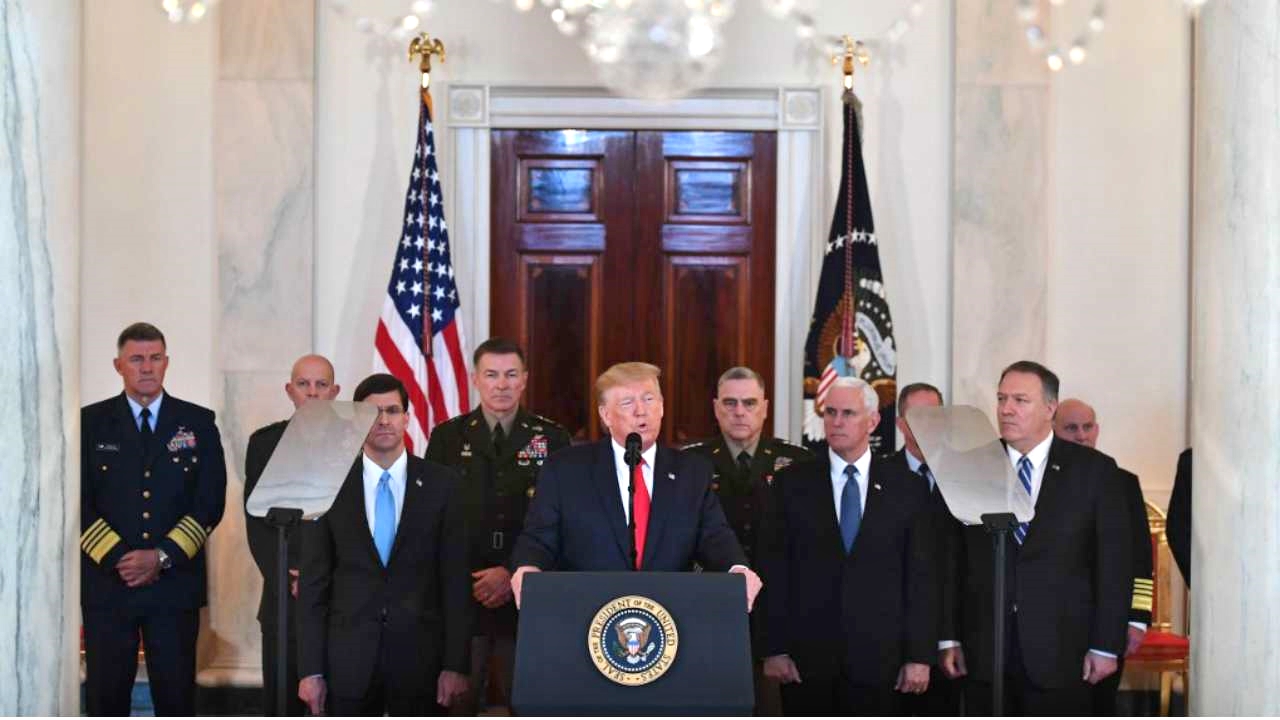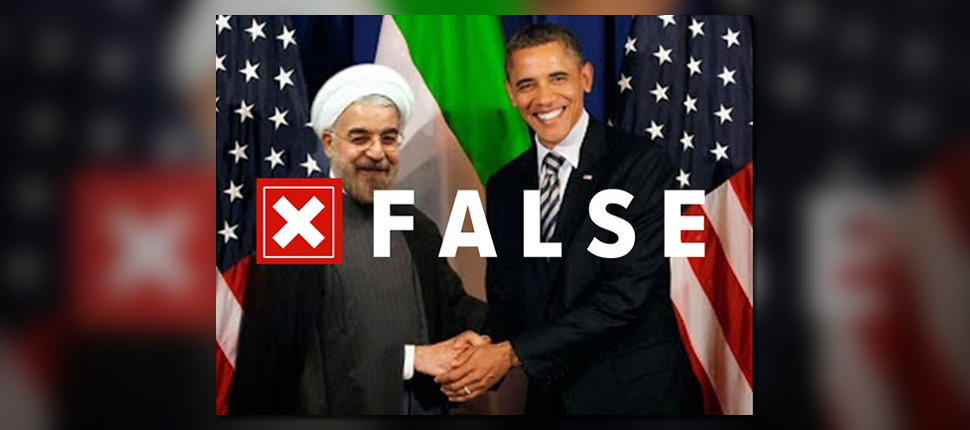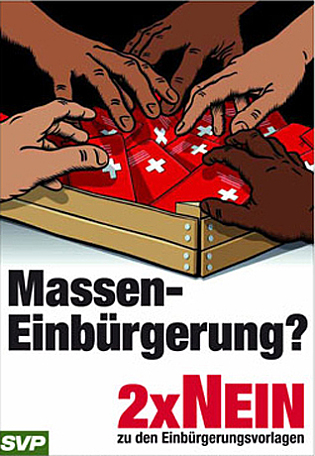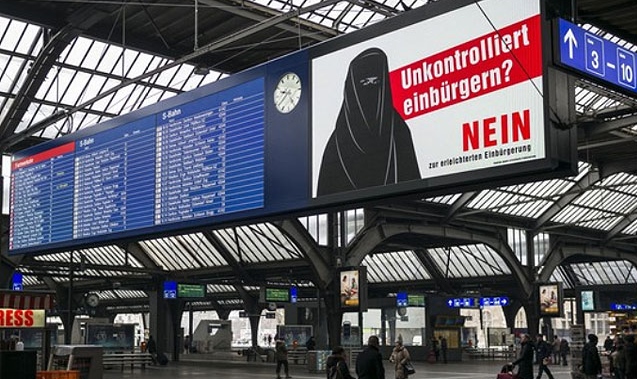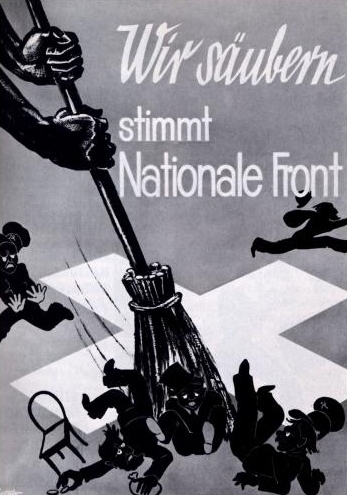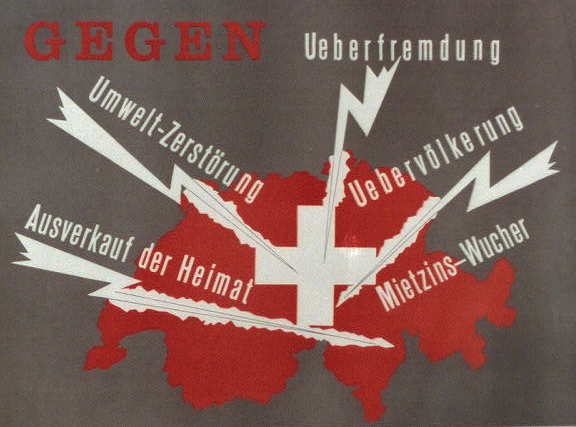
Plague doctor wearing protective clothing, including face mask, during the outbreak of the plague in Rome in 1656.
Pandemics have been around since creation–whether you think that this was 5,780 or 4.5 billion years ago. They all have two things in common. First, as Black Swan events, they evoke a tremendous amount of fear as they are not understood and cannot be controlled, which leads to mass panic and hysteria. This prompts humans to take some form of personal protective action. But it also sets in motion the second, more consequential effect: a race to the bottom in search of a culprit. The two are intertwined as scapegoating is invariably linked to fear and loss of control. The current Coronavirus, or Covid-19 pandemic is no exception.
There are many historical examples to make these points. Let’s first look at the names we choose to attach to pandemics. The Spanish flu of 1918-20 is a great example. It had little to do with Spain. At the tail end of the World War I, neither of the warring parties were interested in disclosing that their soldiers were dropping dead like flies. Neutral Spain had less at stake and reported on the progress of the pandemic more honestly. Subsequently, the world started to believe that this really was a Spanish problem. The Spaniards, incidentally, started to call it the French flu, with little success. By the way: where did the Spanish flu take its origin? Donald Trump, take note: the United States of America is a leading contender. US soldiers likely carried it across the Atlantic. So let’s call it the American flu.
The grandest of all known pandemics, perhaps with the exception of Covid-19, was the bubonic plague, also referred to as Black Death. It arrived in Europe in 1347 and spread over the continent like wildfire over the next four years. As there was no understanding of bacterial infections, a range of explanations mushroomed, from adverse celestial constellations to toxic vapors emanating from the earth to divine punishment for an immoral and godless society. By far the most virulent explanation was that Jews had poisoned the wells and thus were responsible for the death of the masses all over Europe.
 In this woodcut from 1475, Jews are tortured to confess that they had poisoned the well, are woven onto wagon wheels, and burned. The inquisitor (left) points to a bag containing the poison as evidence.
In this woodcut from 1475, Jews are tortured to confess that they had poisoned the well, are woven onto wagon wheels, and burned. The inquisitor (left) points to a bag containing the poison as evidence.
By 1351, sixty major and 150 smaller Jewish communities had been destroyed, Jewish residents evicted from cities and towns, and many killed. More than 350 separate massacres occurred between 1347 and 1351. In Strasbourg, almost 200 Jews were burned in a single massacre in 1349. Most of these pogroms were not officially sanctioned, rather they were triggered by a firebrand preacher or civic leader. The plague thus unleashed hatred and aggression against a group that already had been marginalized and discriminated for centuries. Subsequent waves of the plague had a similar impact, such as the Lisbon massacre of 1506. The takeaway is that pandemics not only are mass killers but that they also shatter the political, social, and moral order.
This brings us to our current predicament. The moment the Corona-virus started to spread person to person in the United States, people started to engage in panicky protective action. Understandably, people hoarded hand-sanitizer and a range of cleaning products, including soap. But there also was a run on bottled water, which makes sense when a hurricane is approaching. However, a virus is extremely unlikely to disrupt our water supply. Almost comical is the run on toilet paper. It speaks to a deep-seated need to engage in some protective behavior. Hoarding toilet paper can be comforting, even though it does not objectively enhance the preparedness for a virus infection.
We also have seen an uptick in finger-pointing and scapegoating. There is the almost comical attempt by Oppah Muchinguri, Zimbabwe’s defense minister, to frame the virus as God’s punishment for sanctions against her country. More seriously, China started to blame the US for planting the virus in China. US President Donald Trump spent many weeks downplaying the threat and framing it as a hoax promoted by the Democrats and by the media intended to harm his reelection bid. When the size of the upcoming pandemic no longer could be concealed, he switched to a vicious blame game.
In an abrupt shift in rhetoric, Trump now consistently refers to the virus as the “Chinese virus,” thus not just designating a point of origin but also implicating an entire ethnicity. Trump added this justification: “‘Cause it comes from China. It’s not racist at all, no, not at all. It comes from China, that’s why. I want to be accurate.” Others in his echo chamber, notably Fox News, have picked up on the blame game as well, using the phrase “Chinese virus” or “Wuhan virus.” Host Sean Hannity stated, “Their months-long coverup is now causing death and destruction and carnage all over the world.” Laura Ingraham added, “China has blood on its hands.” Trump himself accused Beijing of harming the United States by suppressing early information about the spread of the virus in Wuhan, while simultaneously accusing the media of corruption: “They’re siding with China. It’s more than fake news; it’s corrupt news.”
Trump’s irresponsible blame game may have dire consequences. The social fabric of our society already shows signs of tearing. Almost over night, a health crisis unmasked the glaring shortcomings of our public health system and more generally of our social safety net. Millions who do not have health insurance or do not have any paid sick leave have no incentive to get tested and to stay home. Almost over night, tens of millions of Americans have become threatened by unemployment and existential ruin. This is a time when we need steady leadership, not a narcissist in charge with a pathological urge to always fault others. The incompetence and immaturity of the President and the unpredictability of a pandemic may turn out to be an explosive mix.
The concern is that the razor-thin veneer of civilization in the United States may be wearing off, and that Trump’s rhetoric acts like coarse sandpaper rather than another protective layer. One worrisome indicator is that gun sales are skyrocketing. Guns can be used to protect one’s home, but also to rob a pharmacy, a grocery store, or a neighbor’s food pantry. Frustrated people confined to their homes for weeks may use their guns to act out on their aggression. This is how a President who is pandering to his mindless supporters rather than showing calm leadership during a generational crisis endangers us all. The plague pandemic should serve as a warning for what social collapse could look like.

